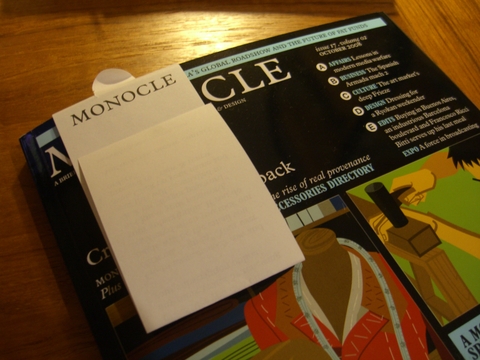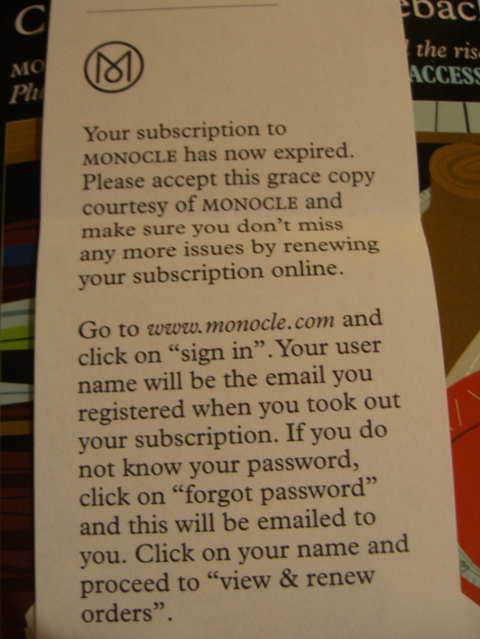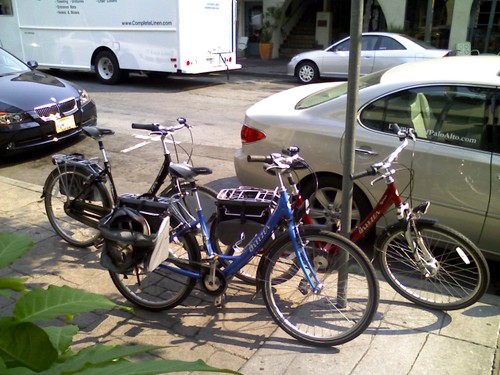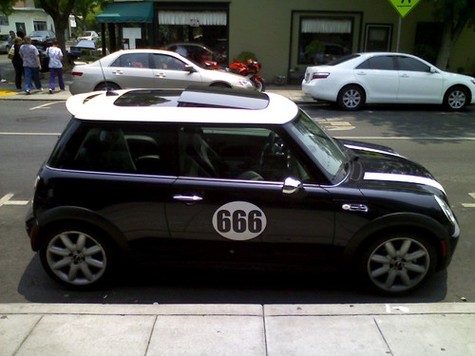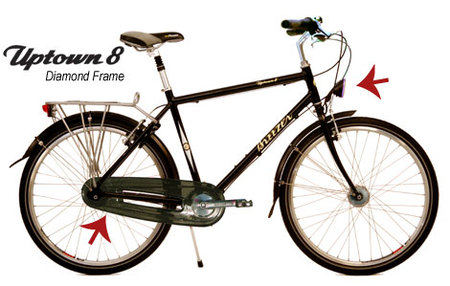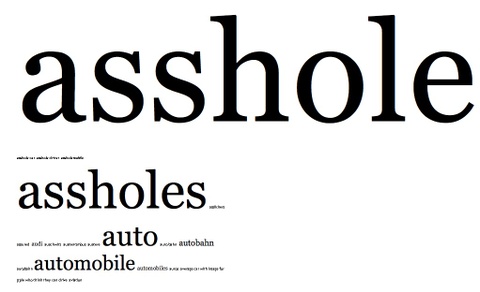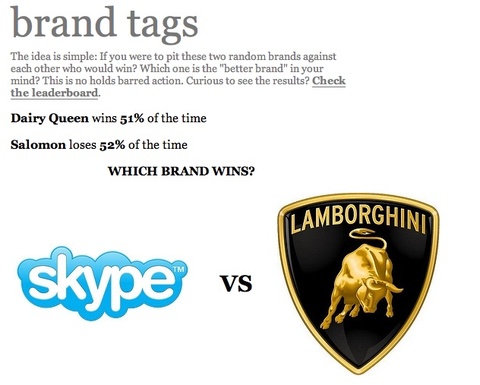As I've learned over the past few years of teaching the Creating Infectious Action course at the Stanford d.school, it is possible to consciously design something to be viral. If you have a remarkable offering and a system to spread the word, all you need to be viral is a sticky, memorable message. Easier said than done, but at least there's a list of reliable design guidelines. That's progress.
Last week Tom Perriello won the battle for the congressional seat of the 5th District in Virginia. An underdog in the race, Perriello won the election in no small part because of effective messages, such as this remarkable commercial:
This is nothing if not a memorable, sticky message, artfully designed. It is so because Perriello hews closely to the "SUCCESs" algorhthym laid out by Chip and Dan Heath in their wonderful book Made to Stick. Deconstructing this ad shows us these component parts:
- Simplicity: this commercial is of NASCAR country, designed for NASCAR country. As such, no explanation of the sponsorship stickers on this race car is necessary. This is about taking money from people with a lot of money.
- Unexpectedness: when was the last time you saw a race car in a political ad? When was the last time you saw a candidate ripping stickers off said race car? Not quite riveting, but certainly memorable.
- Concreteness: each of those stickers contains the logo of a real company. Instead of referring to a vague notion of "big oil" as many other politicians do, Perriello is able to be concrete without wasting his own breath mentioning names, which might be distracting from his bigger message, which is "Vote for Perriello". He manages to be concrete without being boring. Using the device of removable stickers also allows him to employ a quite visceral gesture which, when added together, implies a message of change agency: I'm going to remove all of these players from power to defend you, the little guy. Look how I can tear them off and create a blank slate for the rest of us to build from.
- Credibility: Perriello wisely leads off with a statement about his opponent's campaign finances in order to establish his own fiscal and moral credibility.
- Emotions: NASCAR, NASCAR, NASCAR. More American than motherhood and apple pie, there's nothing with more emotional appeal for his audience than a NASCAR racer. Notice too the patriotic color scheme. The car is red and white, while Perriello sports a blue shirt and a red tie. When all the stickers are stripped away, you get a clean burst of American color. It's not in your face, but it is there.
- Stories: this ad is just a series of stories. I count three: 1) his opponent taking money for his campaign from big oil and power lobbies, 2) we're paying too much at the gas pump, 3) he is taking no money from corporate sponsors so that he can fight for the common man.
While I don't know if the Perriello campaign used the SUCCESs guidelines in designing this commercial, as a finished piece it is a great benchmark of what a truly sticky message should be.

